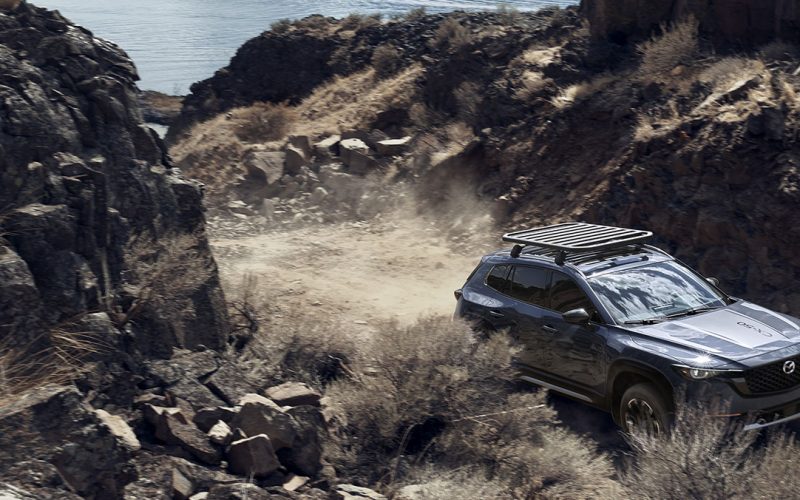
Reading Time: 5 minutesYou’ve mostly likely heard of the CX-5, Mazda’s popular compact crossover SUV, and maybe you’ve even
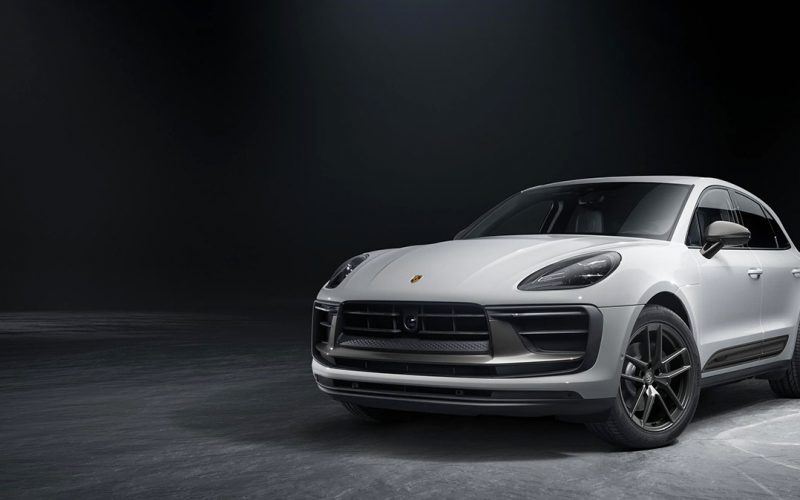
Reading Time: 5 minutesPorsche is adding a new “T” trim line to its most popular Macan model for 2023,
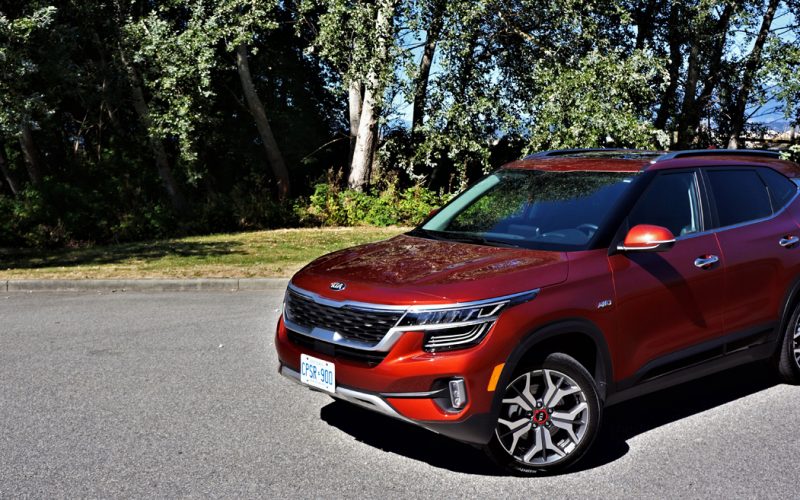
Reading Time: 13 minutesTwo weeks of living with two trims of Kia’s latest Seltos, and it’s now easy for
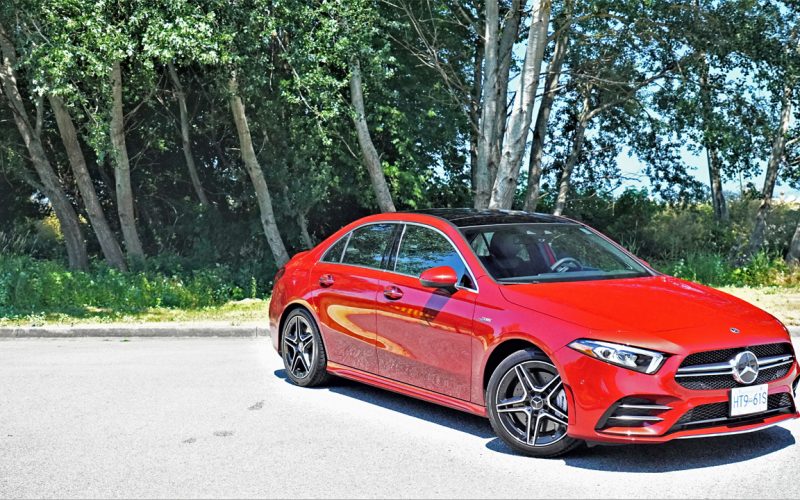
Reading Time: 8 minutesI want you to feel good about being Canadian for a moment. No, it’s not for
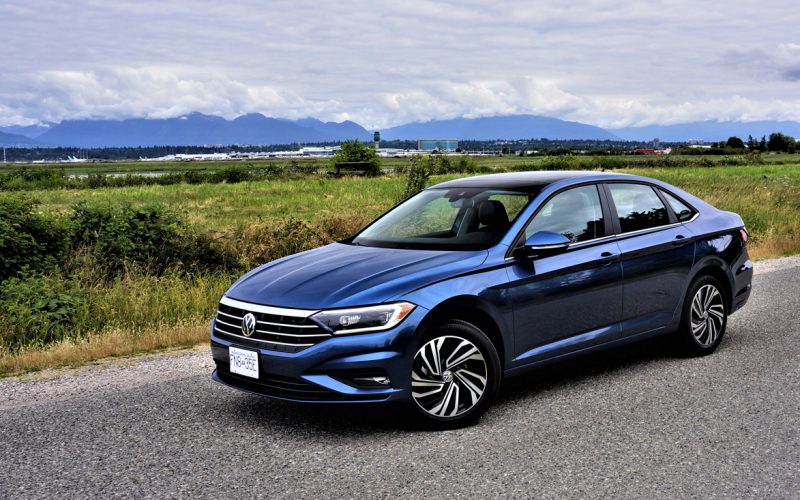
Reading Time: 14 minutesFor many in Canada, Volkswagen is more of an afterthought when considering a new vehicle. Last
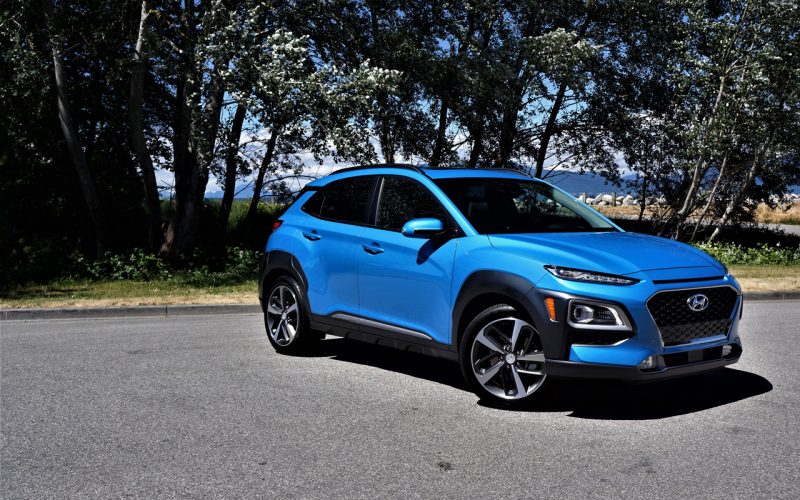
Reading Time: 12 minutesIn the burgeoning subcompact SUV segment, one model stands above them all. Kia’s Kona only arrived
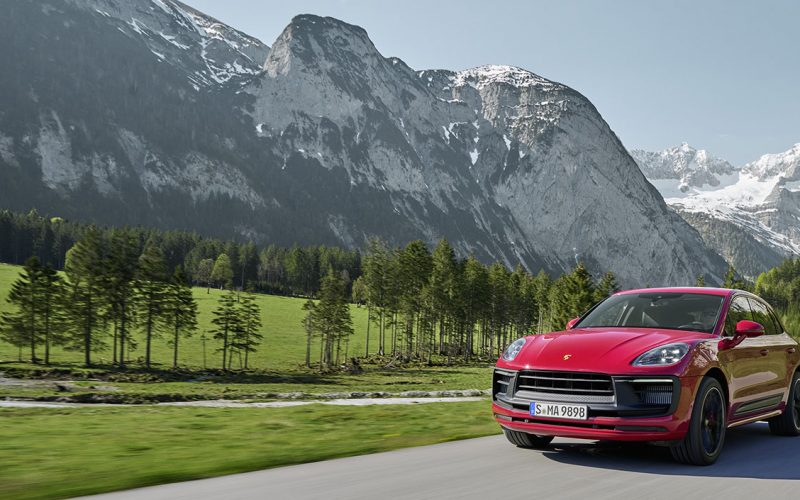
Reading Time: 8 minutesCall it the seven-year itch, but Porsche is updating its popular Macan compact luxury SUV for
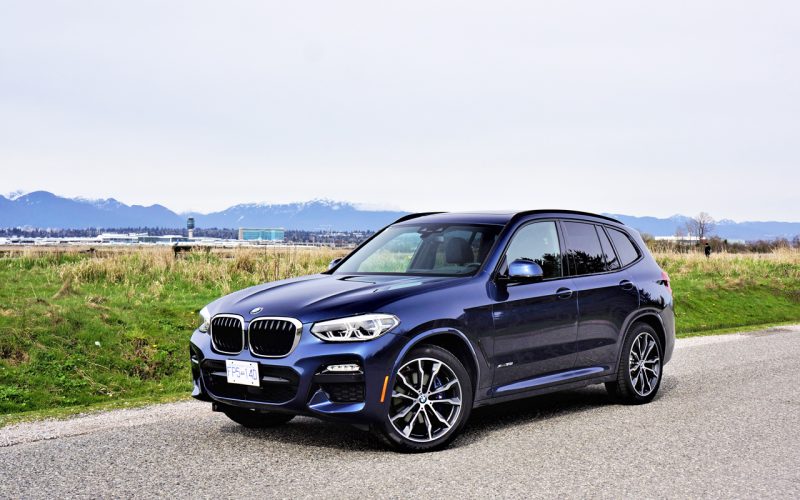
Reading Time: 10 minutesThere’s nothing better than driving a model’s base trim if you want to find out how
© 2025 The Car Magazine. All Rights Reserved, Privacy Policy | Terms of Use